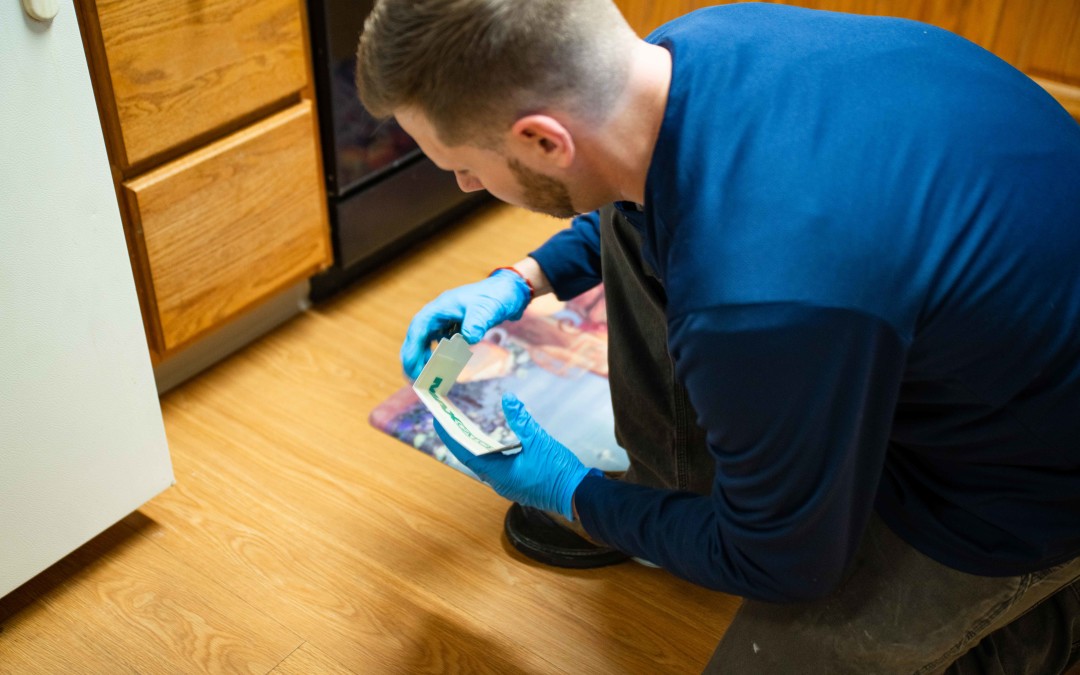Ants are one of the most difficult insect groups to control around homes, but some species are more challenging to eradicate than others. Like bees, wasps and termites, ants are eusocial insects that form colonies that dwell within nests. Some ant species live in colonies that contain a couple thousand individual ants, while others live in colonies that contain well over one million ants. It is widely believed that ant colonies contain only one queen, but most ant species can have multiple queens per colony. Soldier ants defend the colony nest from attacks by other insects, and workers care for the queen and leave the colony regularly in order to seek out food sources. The ants that people find outdoors and occasionally inside of homes are always foraging worker ants, and workers often invade homes from outside nests.
Some ants pests nest solely outdoors within the soil, beneath stones or leaf litter, and against the foundations of homes. Many ant pest species can nest both outdoors and indoors, and indoor nests can be located in just about any area of a home. Indoor nests are generally located within enclosed and hard-to-access areas of a home, such as within wall voids, beneath baseboards and in attic spaces. Ants nest within these enclosed areas because the environmental conditions remain stable. For example, many ant pest species must build their colonies within high-moisture conditions in order for a colony to mature rapidly and properly. Outside heat, even in relatively dry regions, causes condensation to build up within wall voids, which explains why ant nests are often found within this indoor location. When finding indoor ants, it can be hard to determine if the ants originate from an outdoor or indoor nest. Since worker ants arrive in open indoor areas by repeatedly following the same foraging trails from their nest, pest control professionals can determine where a nest is located by following the foraging trails taken by worker ants.
Have you ever needed to contact a professional pest control services over indoor ant pest issues?

